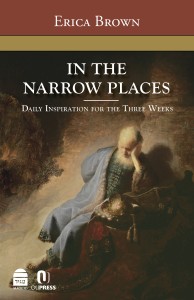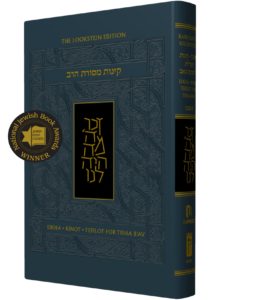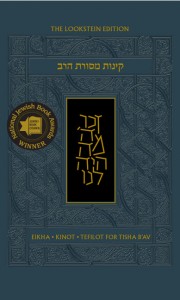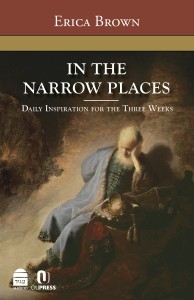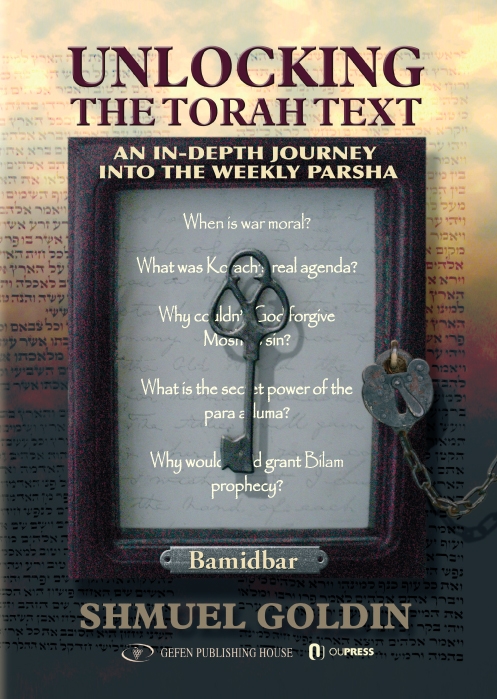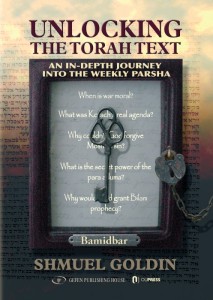Excerpted from Dr. Mandell Ganchow Coming of Age: An Anthology of Divrei Torah for Bar and Bat Mitzvah
Parashat Ekev
by Rabbi Cary A. Friedman
In Parashat Naso, the third verse of the Birkat Kohanim reads, “May Hashem lift (yisa) His face (panav) toward you and give you peace” (Bemidbar 6:26). The Hebrew phrase nesi’ut panim, according to one view in Chazal, means that God grants special favor to Israel.
The idea that Hashem demonstrates favoritism, however, appears to directly contradict another verse in the Torah, a verse in Parashat Ekev (Devarim 10:17): “For Hashem your God is the God of all powers, and Lord of all lords, the great, mighty and awesome God who shows no favoritism (lo yisa panim) and takes no bribes.”
The Gemara (Berachot 20b) notes this apparent contradiction and records the following dialogue:
The ministering angels said before the Holy One, Blessed be He,
“Master of the Universe! It is written in your Torah, ‘[He] shows no favoritism and takes no bribes,’ yet, behold, You favor Israel, as it is written, ‘May Hashem lift His face toward you!’” He answered them, “Should I not favor Israel, for whom I wrote in the Torah, ‘You shall
eat and be satisfied and bless Hashem your God,’ yet they are careful about themselves for a kezayit and a kebeitzah [i.e., they bless even after eating less than is necessary to be satiated]?!”
The Gemara’s explanation seems to be that God’s ability to demonstrate favoritism and go beyond the demands of strict justice is built into the legal system. God certainly does favor the Jewish people, but only because they deserve it—through their willingness to do more than the law demands. The verse that states that God does not show favoritism is speaking about a normal case of a person who acts according to the letter of the law.
But what is the nature of this “going beyond” the letter of the law? In what way do the Jewish people do this? What does the case of Birkat Ha-Mazon represent?
The Vilna Gaon describes the case of a man who has an amount of food sufficient for one hearty meal. If he eats the entire amount of food himself, he will certainly have eaten enough to reach the biblical level of “satisfaction,” and be required to recite Birkat Ha-Mazon on a Torah level. However, if he finds two other people and shares his food with them, each will have eaten a kebeitzah, enough to attain the rabbinic threshold of “satisfaction” and, together, all three will be able to recite the Birkat Ha-Mazon together as a zimmun, enabling them to praise God in an enhanced way.
Further, if the owner of the food identifies nine other people with whom to share his food, and divides it equally among them, each will receive a kezayit, enough to satisfy the smallest rabbinic parameter for “satisfaction” and, together, all ten will form a minyan and recite Birkat Ha-Mazon with even greater praise for God.
Thus, a Jew’s willingness to bless over a kezayit represents his desire to share his meal with nine others and to praise God at the highest level. Barring that, he would settle for a kebeitzah—sharing his meal with two others in order to offer up an enhanced blessing. The Gemara describes one who is willing to eat as little of his food as possible in pursuit of greater degrees of praising God. Surely this desire to forgo one’s personal comfort and enjoyment in exchange for this opportunity merits special consideration from God.
Rav Chayyim of Volozhin understands the case of Birkat Ha-Mazon to represent another type of extraordinary service of God that earns the Jewish people special consideration. He explains that the case reveals a special kind of inconsistency of which the Jewish people is “guilty.” Most of the time when people act inconsistently, they do so to their own advantage. The Jewish people, however, are inconsistent to their own disadvantage—specifically, Rav Chayyim points out, through their interpretation of the word sevi’ah: satisfaction.
When the Torah commands tithing so that the poor will be “satisfied” (Devarim 26:12) the Jewish people err on the side of generosity and interpret the term to mean a large quantity. But when they consider the definition of “satisfaction” as it relates to their own eating and subsequent requirement to recite Birkat Ha-Mazon, they adopt the much smaller measures of kebeitzah and kezayit. This selfless decision to forgo personal comfort and enjoyment in exchange for the opportunity to care for the poor merits special consideration from God.
As a newly-minted adult, take these interpretations to heart, and apply them to your observance of the Torah. Forgo fleeting physical comfort in order to enhance your praise of God (bein adam la-Makom) and err in the disbursement of your resources on the side of providing generously for the poor (bein adam la-chavero), and you will surely merit, God willing, His special consideration and care. “May Hashem lift His face toward you and give you peace.”
Rabbi Cary A. Friedman is the author of six books, including the newly published ‘Beautiful Days, Holy Days’.


